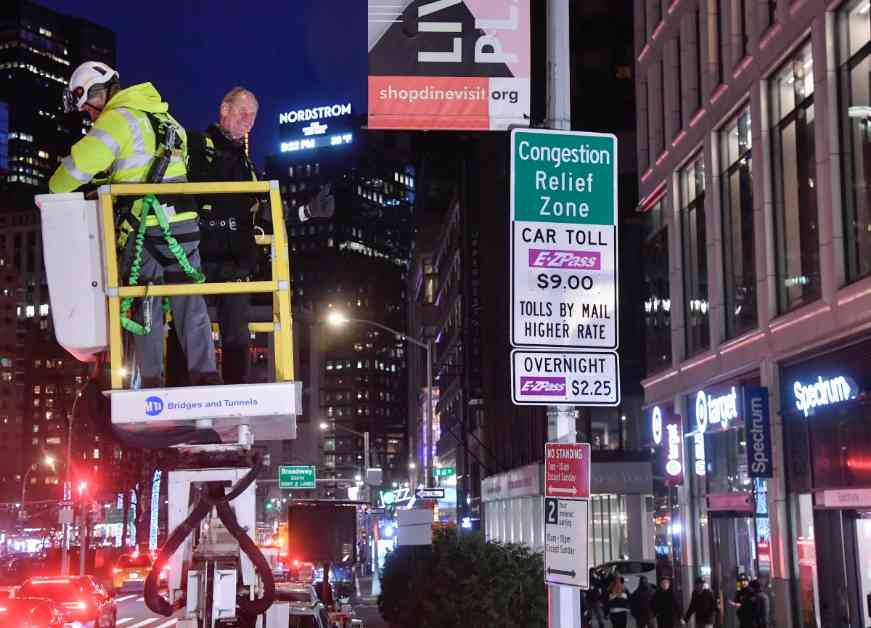Manhattan’s First-in-the-Nation NYC Congestion Pricing Program
After years of debate, legal battles, and logistical challenges, New York City has officially implemented a groundbreaking congestion pricing program. The Metropolitan Transportation Authority (MTA) has launched a tolling system that charges motorists entering Manhattan south of 60th Street a $9 toll, with reduced rates during off-peak hours. This initiative aims to reduce traffic congestion, improve air quality, and generate revenue for public transit improvements.
Behind the Scenes
The program faced numerous obstacles before its implementation. Last year, Governor Kathy Hochul put the plan on hold due to concerns about the financial impact on New Yorkers. However, the stay was lifted in November, with the toll reduced from $15 to $9. Despite opposition from various groups, including elected officials and unions from New York and New Jersey, congestion pricing finally became a reality at midnight on Sunday.
Celebrating Success
MTA Chair and CEO Janno Lieber marked the occasion by unveiling signs signaling drivers’ entry into the congestion relief zone. Lieber emphasized the program’s historic significance, highlighting its potential to address urban challenges and improve quality of life. The event was attended by MTA members, transportation advocates, and local officials who supported the initiative.
Impact and Reactions
Transportation advocates like Danna Dennis praised the program for its transformative potential. By reducing vehicle traffic in the Manhattan Central Business District, congestion pricing is expected to enhance traffic flow, air quality, and safety. The toll revenue will fund critical public transit upgrades, benefiting commuters and residents across the city.
In a personal anecdote, NYC resident John Russo shared his experience entering Manhattan just minutes before congestion pricing took effect. Despite the impending changes, Russo’s Uber ride remained uneventful, reflecting the gradual adjustment to the new program. As New Yorkers navigate the implications of congestion pricing, resources like mta.info offer insights into discounts and program details.
By introducing congestion pricing, New York City has taken a significant step towards addressing urban congestion and promoting sustainable transportation solutions. The successful implementation of this pioneering program sets a precedent for other cities grappling with similar challenges, emphasizing the importance of innovative solutions in creating vibrant, accessible urban environments.

